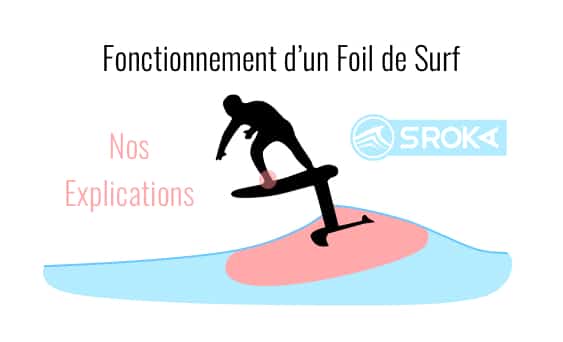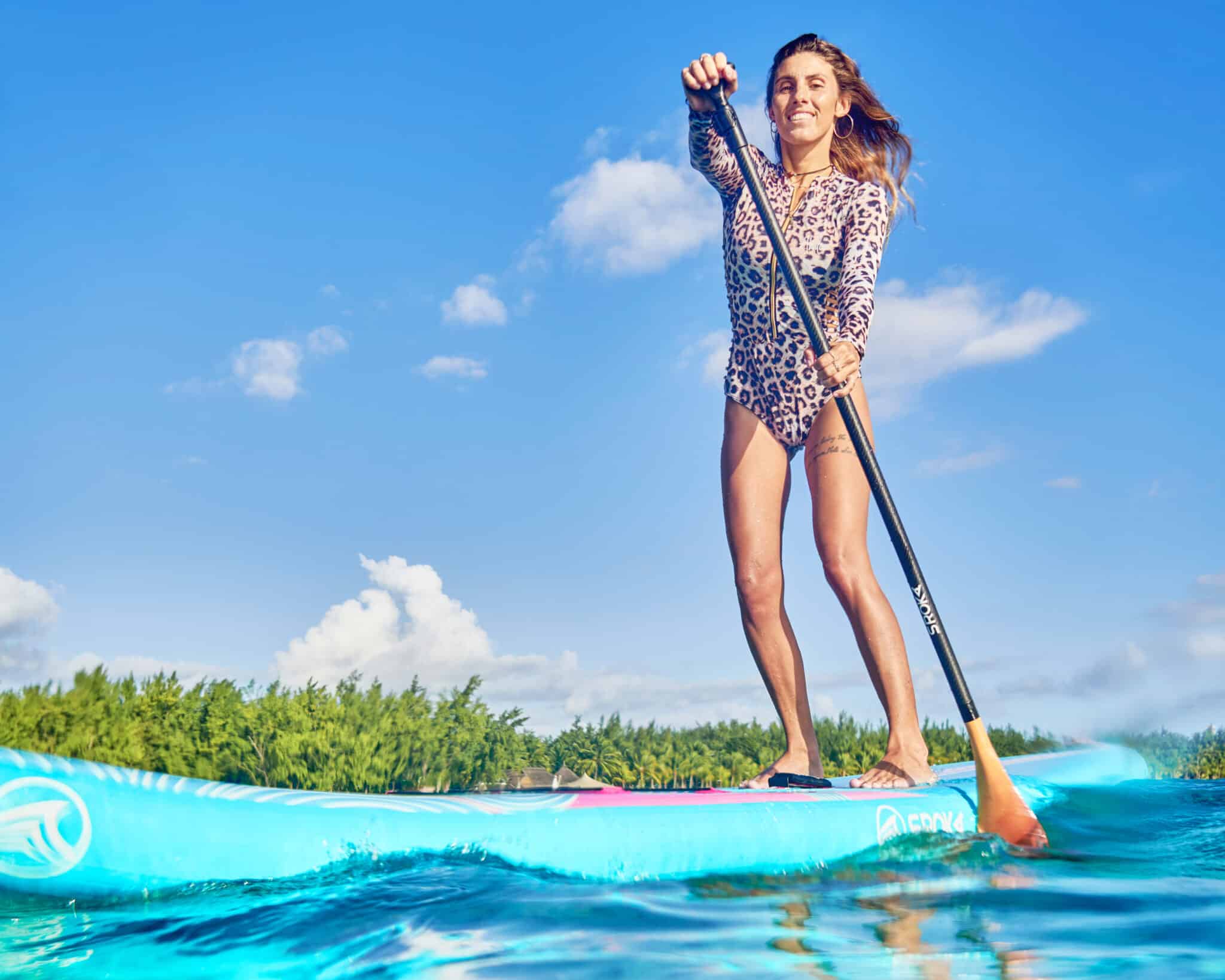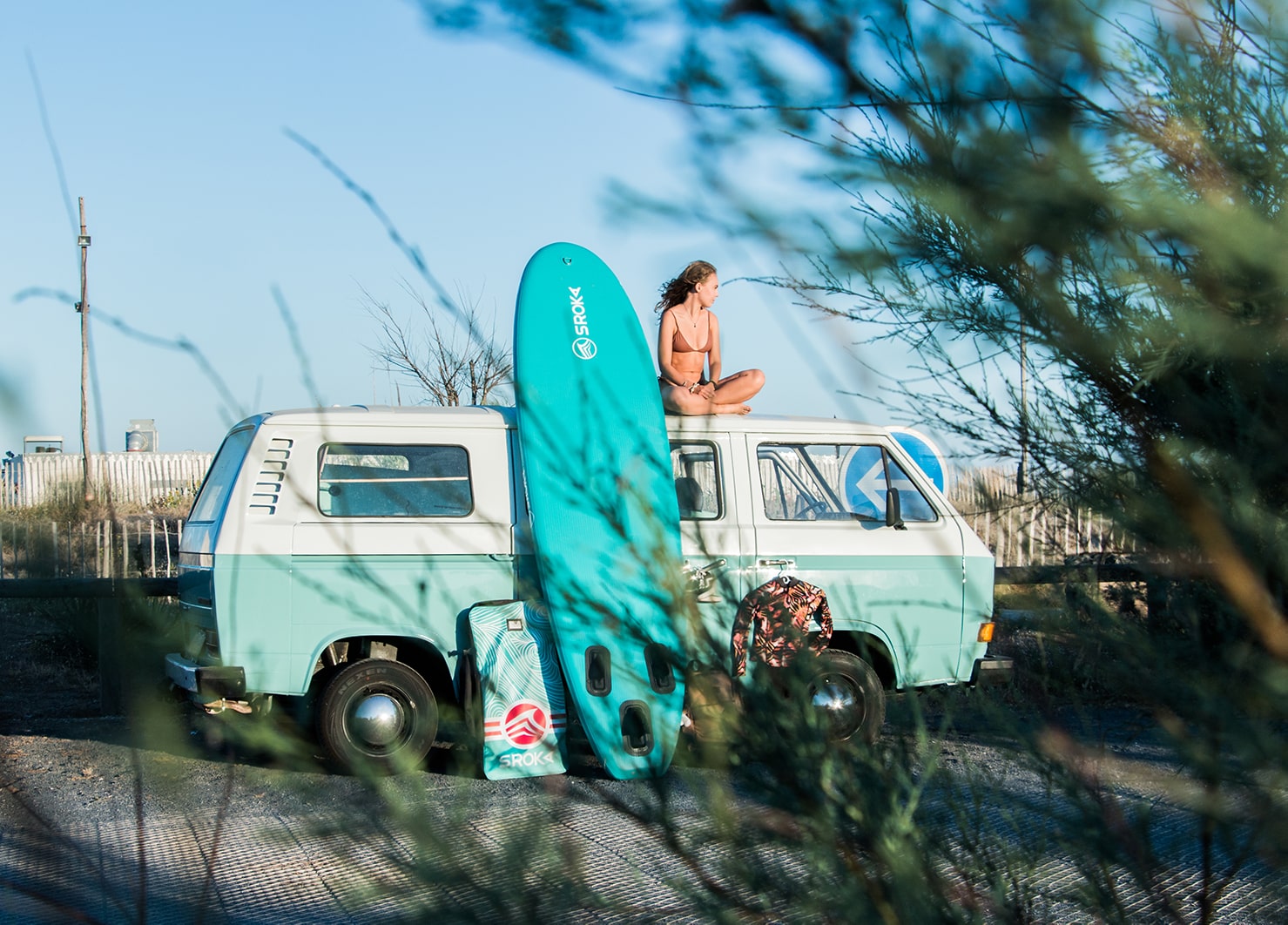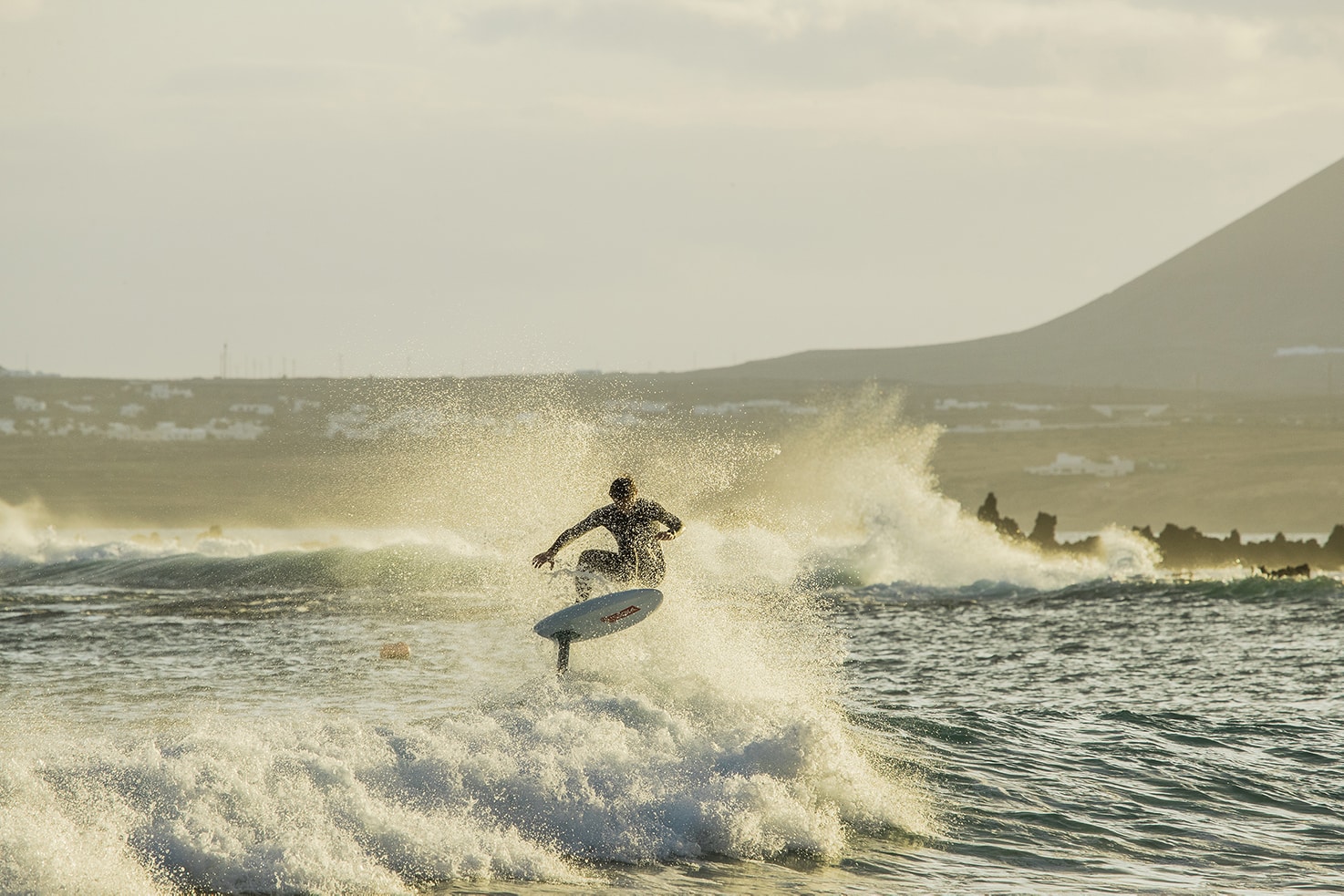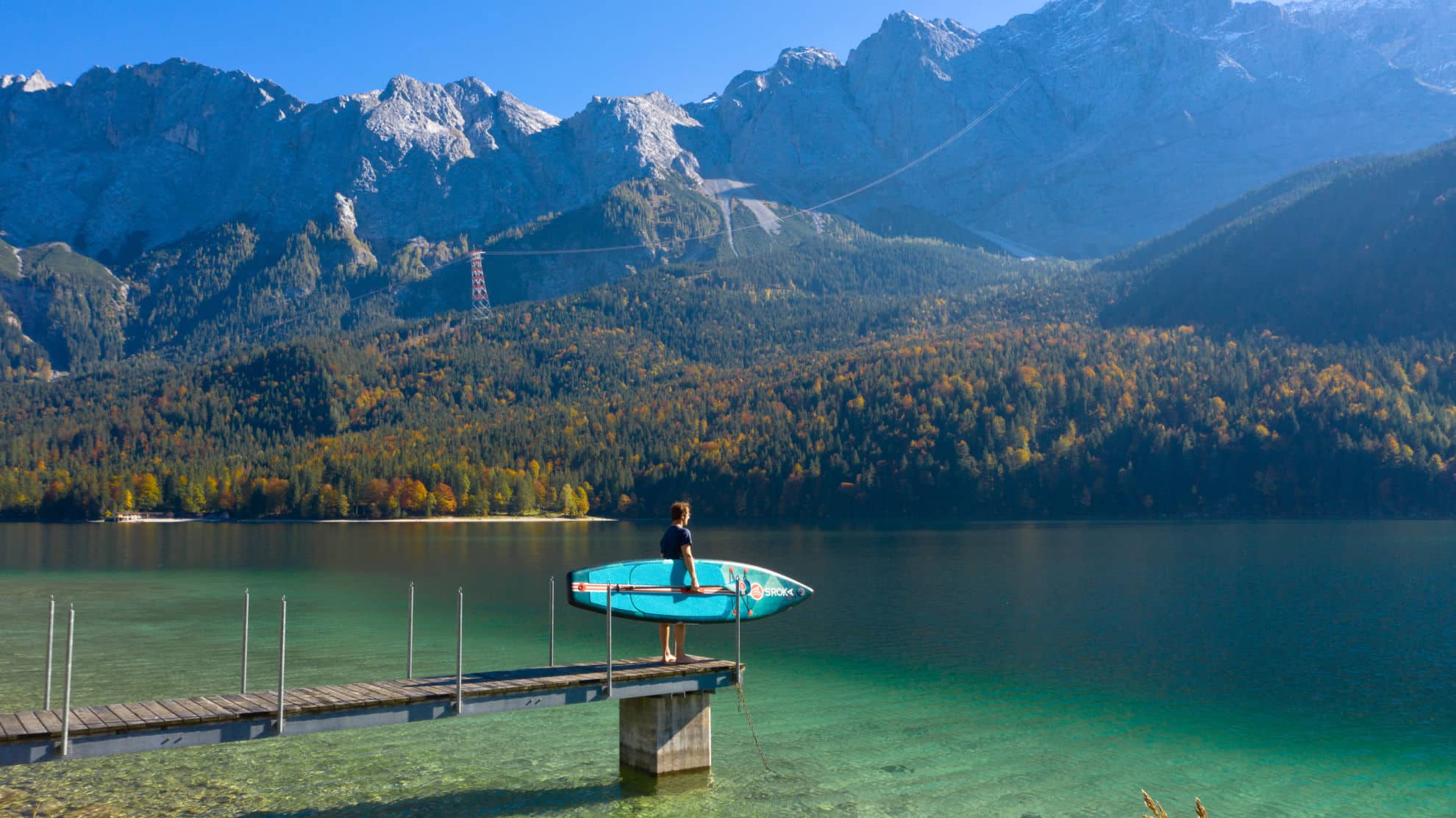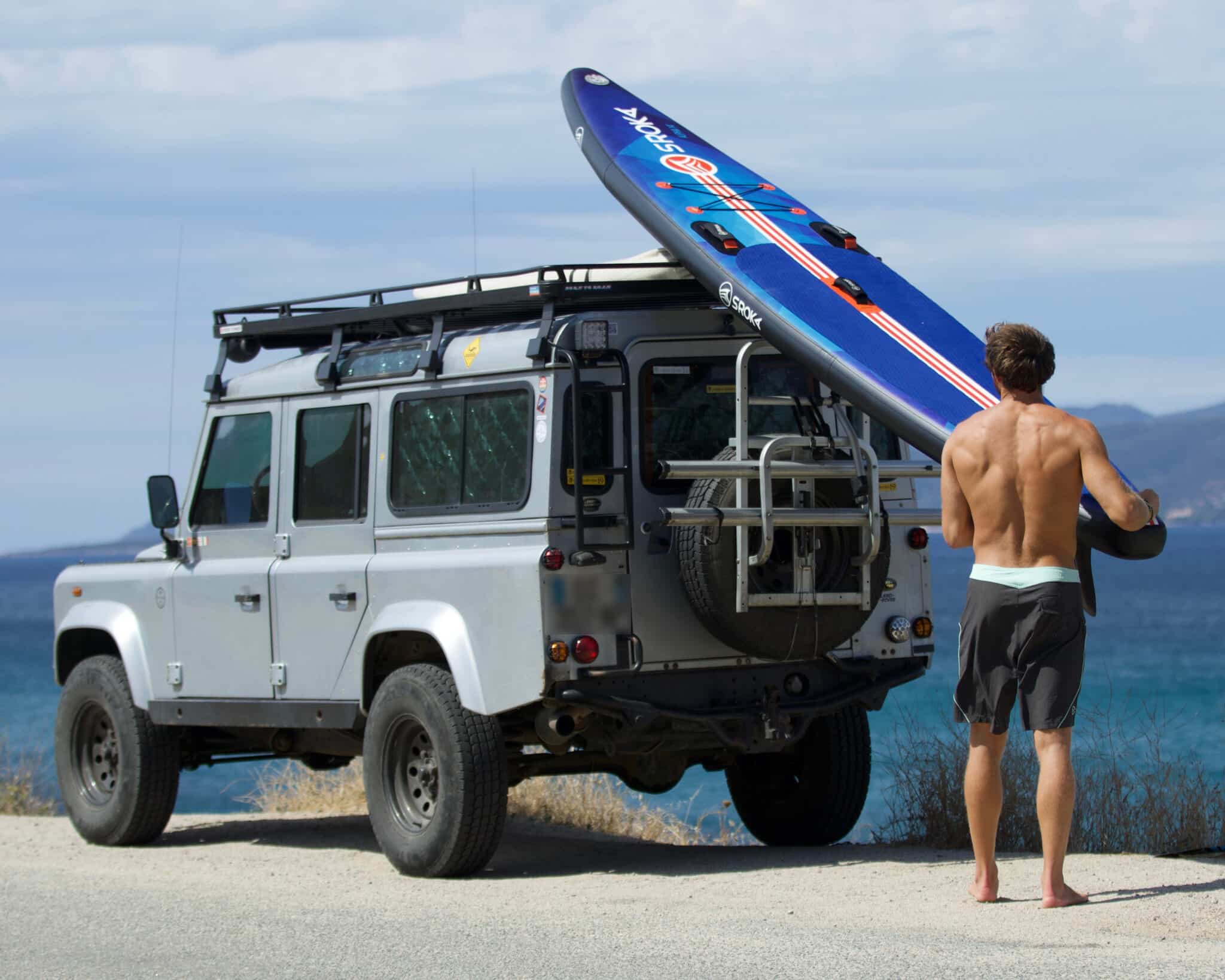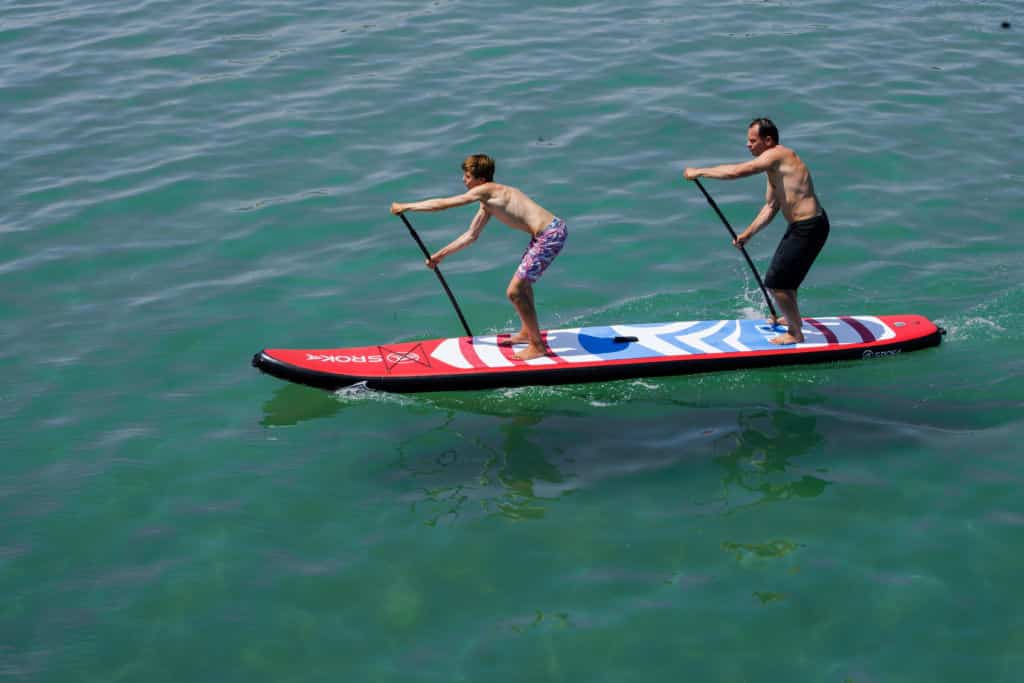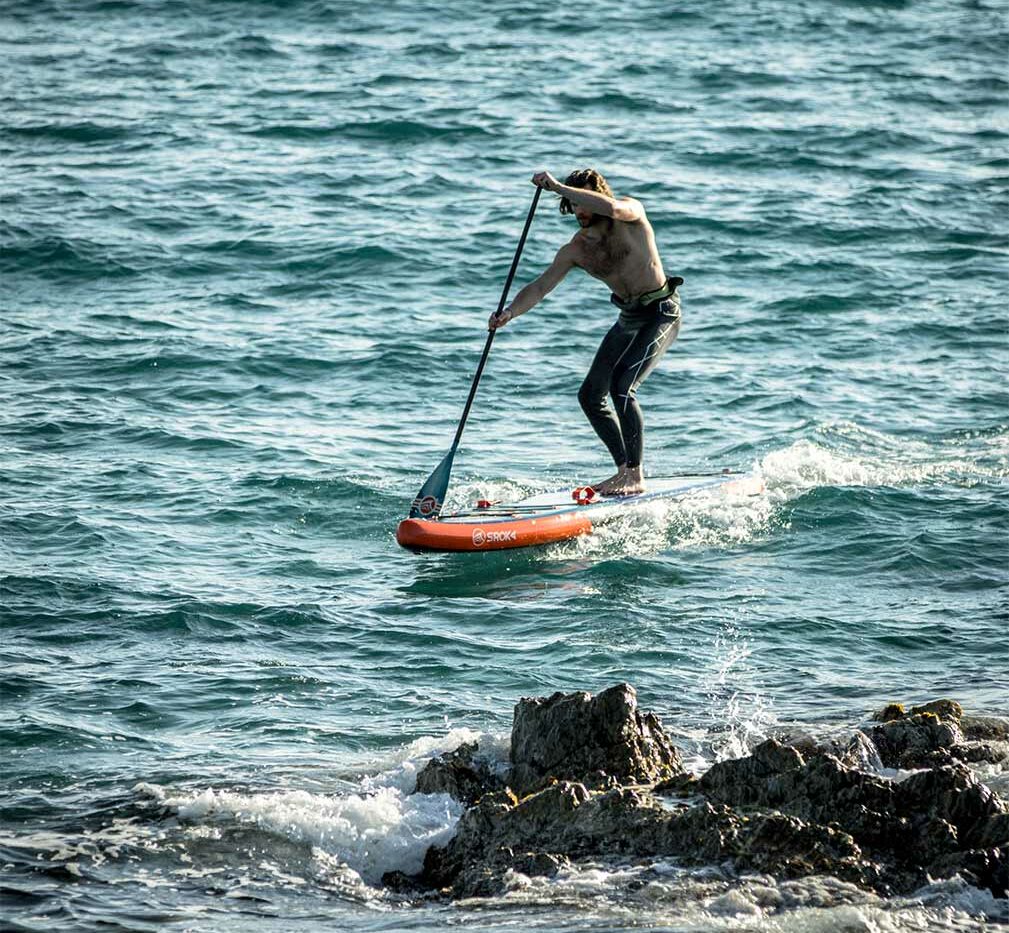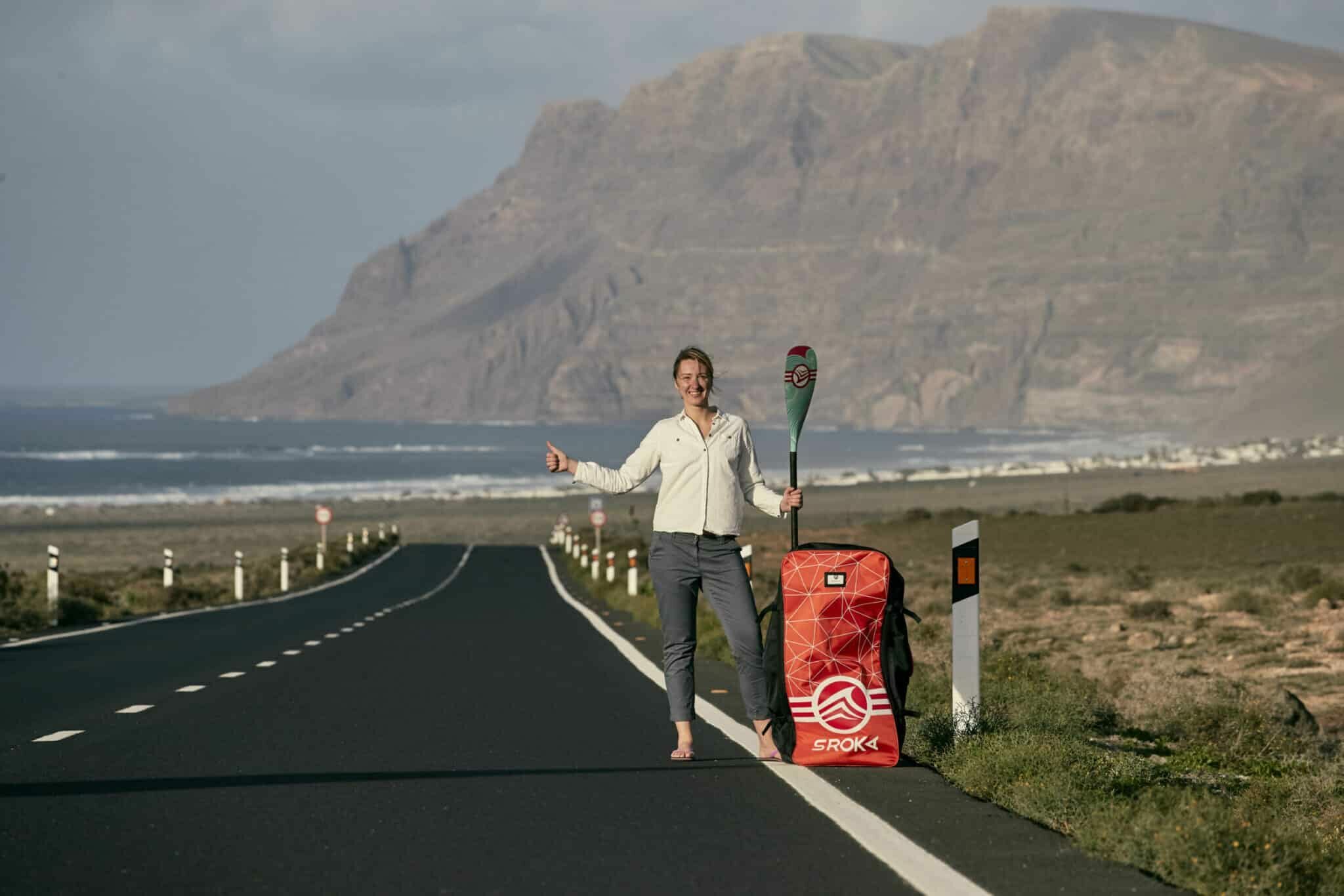 LE MAGAZINE
LE MAGAZINEWhich muscles are involved in paddling?

Retour
Bruno SROKA
Contents
Stand-up paddling (SUP) is much more than just a leisure activity. It’s a complete sport that calls on many muscle groups and offers a unique experience of connection with nature. In this article, we’ll explore in detail the muscles that work at SUP and give you tips on how to optimize your training.
Why Stand Up Paddle is great exercise for the whole body?
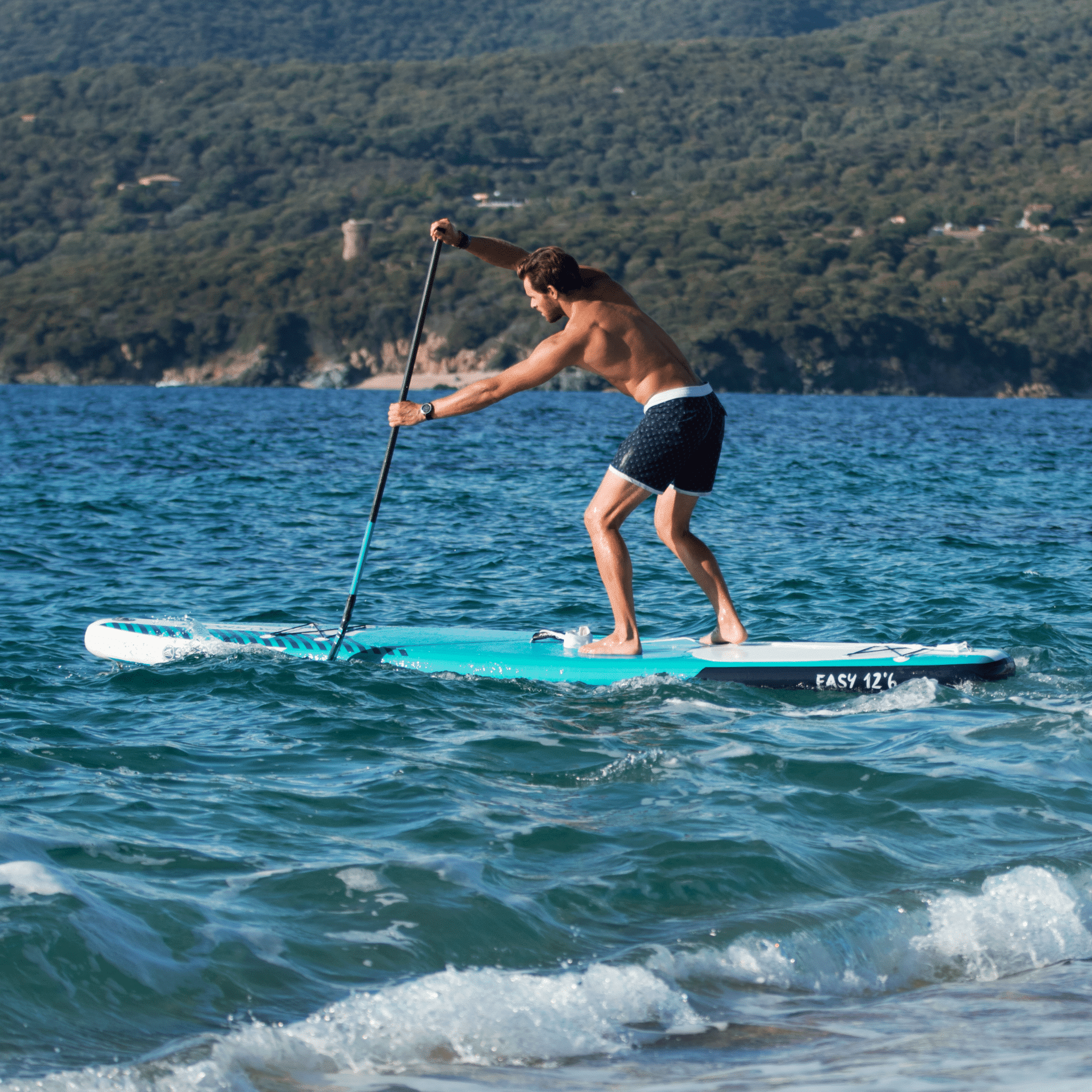
The crucial role of the abdominal and trunk muscles in SUP
Paddleboarding is an excellent physical activity for working the muscles of the upper body in depth, toning and strengthening them, without the risk of injury.
- The back is certainly the part of the body most in demand when paddling. Paddling forward requires a pulling action that calls on the muscles of the lumbar spine, trapezius and rhomboids.
- When paddling, balance is ensured by the contraction and relaxation of the abdominal muscles. These muscles allow your body to find its balance point on the board. What’s more, when you’re paddling, your upper body needs to stiffen up, and that’s when your abdominal muscles come into play, contracting.
- Strengthening exercises :
- Plank: To strengthen all core muscles.
- Oblique crunches: To target the obliques.
- Trunk rotations: To improve trunk stability and mobility.
- The muscles of the arms and shoulders are also very much in demand during paddling, providing the link between your abdominal and back muscles. Paddling movements transmit the effort from your abdominal muscles to your dorsal muscles, and involve the deltoid and pectoralis major muscles, which work in synergy to enable shoulder rotation and paddle thrust. You’ll quickly notice that the paddle tends to come out of the water when you bring it back towards you. In this case, your shoulders should exert slight pressure on the handle to keep the paddle blade submerged.
- Finally, the arm muscles, especially the biceps and triceps, are also involved in the paddling motion, while the forearms are used to maintain a firm grip on the paddle.
- Strengthening exercises :
- Pull-ups : To strengthen the back and arms.
- Bench press: To work the pectorals and triceps.
- Lateral raises: To target the deltoids.
 Le Magazine
Le Magazine



